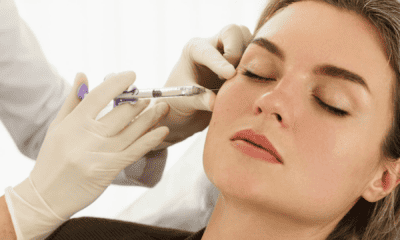Breast implants are used in a plastic surgery procedure called breast augmentation or augmentation mammaplasty, which helps to increase the size or improve the contour of female breasts, usually for cosmetic or reconstructive reasons. According to the American Society of Plastic Surgeons, breast augmentation is the most commonly performed cosmetic surgery performed in the United States.
However, with the wide array of breast implants available in the market, implant selection cannot be a do-it-yourself matter; it takes an expert to choose the best type, size, and shape of implants for a particular patient. Breast implants are categorized by surface type (smooth; textured), profile (protrusion distance), size/volume (typical ranges: 120-850 cc), shape (round; other shape), filler (silicone; saline), and material (implant innards).
Significance of Implant Placement
• Subglandular – the breast implant is above the chest muscles and under the breast tissue.
• Partial submuscular – the implant is partially under the pectoral and other chest muscles and under the breast tissue.
• Full submuscular – the implant is under the muscles of the pectoral and chest areas.
Factors Affecting Breast Implant Selection
• Filler –there are two primary types of breast implants: silicone-filled and saline-filled. Saline implants are more likely to cause problems such as rippling, wrinkling, and noticeable to the eye or touch.
• Surface type – textured surfaces lessen the likelihood of capsular contraction, but may look unsightly because the texture may show through the skin when a subglandular placement method is used.
• Shape, profile, and volume – breast-line goals and implant placement affect the way a breast implant will look. For example, a partial or full submuscular placement can make a contoured breast shape look more rounded.
• Thickness – depending on placement, implant thickness may or may not be an issue.
What to Consider with Silicone Breast Implants
Silicone is a chemical compound formed by the mixture of silicon, hydrogen, carbon, and oxygen. Silicone with middle (as contrasted with low and high) molecular weight form gels, and the silicone gel is used as filler in breast implant.
Although the use of silicone gel implants is approved by the US Food and Drugs Administration (FDA), there have been isolated (but considered inconclusive by authorities) reports of illness attributed to silicone gel, such as: connective tissue disorder (CTD), change in nipple sensation, breast pain, hardening of the area around the implant, implant rupture, and the need for additional surgery. FDA studies disclose that majority of women using silicone implant have satisfactory experience with it.
No matter which type, size, or shape of breast implants you choose, you should be aware of the risks associated with both the surgery and the existing implants, including scarring, infection, implant rupture, and capsular contracture, an abnormal response that occurs when the woman’s immune system reacts to the breast implant. Complications from breast implants can result in reoperation.












Facebook
Twitter
Instagram
YouTube
RSS